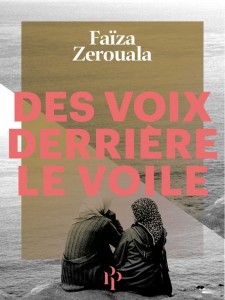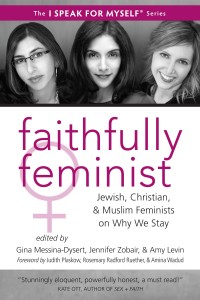My parents sent me to an Islamic school from the age of five to thirteen; it was their effort to keep me safe from the dangers of succumbing to the evils of “Western decadence.” During that time, we were a captive audience for many kinds of experimental lectures meant to keep us on a clearly-defined righteous path. The most refreshing lectures were those from younger figures in the community, who had a better grasp of our hardships. While such conversations were still guarded, they made me feel like someone understood how hard it was to juggle so many different identities.

Habeeb Quadri and Sa’ad Quadri’s book The War Within our Hearts attempts to do just this. It serves as a guide to young Muslims trying to keep their faith while in the West. Marketed as something written in the “language” of young people, it is a great starting point, but there were a few problems that I had with the book.
Overall, I really appreciated the candid and honest anecdotes on the part of the authors. I remember, as a young teenager, I felt that the things that were difficult to deal with (like instant messaging, the expanse of pop culture, and dress) were all things no one spoke about. While the book mainly tries to explain what is forbidden, and why it might be so, the authors try to connect with the audience by elaborating on the difficulty of resisting things such as parties, drinking, or dating.
However, because of the personal anecdotes, I think that this book may be far more appropriate for a male audience. Despite trying to use a gender neutral language and examples, the book ultimately fell short of gender neutrality.
In the chapter about clothing, I was very pleased with a section outlining to young men how to dress more Islamically—something that I know many of my religious brothers worried about. While I appreciated this, I was a bit disappointed with the amount of focus placed upon dress: it came up regularly in the book. I felt the book concentrated more on outward signs of worship rather than placing importance on personal spiritual development.
The book sent a confusing and frustrating message to young women that fell flat for me. In particular, the chapters about controlling one’s tongue, dress, and lowering one’s gaze were incredibly problematic.
In a chapter on gossip, entitled, “The Deadliest Weapon: The Tongue,” the book discusses spreading rumors about young women, which plays on the stereotype of young women being gossip mongers (though young men in my community were just as at fault).
I did like that they pointed out that it was still gossip if the story was true, something that can be easy to forget. As someone that many of my peers gossiped about/made fun of, it would have been nice to see the authors go into more depth about the danger in not only gossiping, but in maintaining a focus on the actions of other individuals. It is important to not only hold your tongue or hide things, but to appreciate the diversity of practices and levels of faith that might occur in a community.
In the section about dress, there is a very clear definition of what hijab means and that all young women should wear it. As someone who donned hijab in a confusing state of puberty (and a few months before 9/11), I wanted a more comforting acknowledgement of how hard it might be to make such a decision. Furthermore, I think developing religiously is probably more important at that age than simply covering up. While the authors acknowledge that it is hard for young women to wear hijab, I still felt they did not have a strong grasp of why young women might wear “tight” clothes and even how unfair and damaging it might be to chastise a girl that does not wear hijab.
The chapter about dealing with the opposite sex was also very problematic. As a student in Islamic school, dividers between the male and female students were common, and mixed-gender interaction was very limited. Despite discussing the need for speaking to the opposite sex, and how that may be permissable, ultimately the message is to keep your eyes to the floor and limit your interaction with the “other,” as Shaytan may lead you to sin!
A master of eye-rolling at the age of fourteen, I am quite certain I know what my reaction would have been. On leaving my segregated world for a public high school, I really did not know how to deal with boys, and when I was kept separated from them, it was easy to romanticize them. In my experience, interacting with boys and becoming friends with them is what made me see that I was saving myself a great deal of trouble by not dating. It would have been more helpful in this section to focus on why it might not be a good idea to date while you are in high school and how that could lead to complications, rather than simply saying, “I know it is hard, but do this to help you avoid it!”
Also, realistically speaking, it is very hard to actually “lower your gaze” in the West. The authors gloss over this, saying that even though people may be offended, it is more important to keep Allah happy. But teens are not the only ones with trouble being a “good” Muslim. What was missing is in the book is a message that all Muslims need to hear: that keeping Allah happy is a confusing struggle, and that we are all in this together.
This guide is probably more helpful for young Muslim males in their early teens, as it has a very clear definition of what it is to be a Muslim, how to practice a specific kind of Islam, and is written from male viewpoints. While the authors are young, they are both in charge of schools with lots of young people, and I felt like they might have been writing with parents in mind as an appropriate audience, or themselves as teenagers.
Editor’s Note: The War Within Our Hearts will be available for purchase in September.











